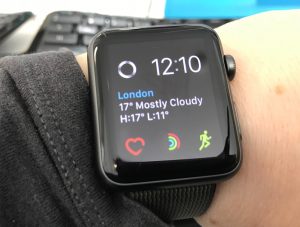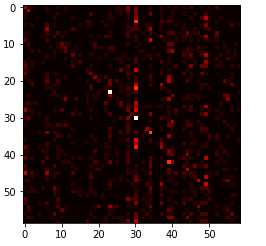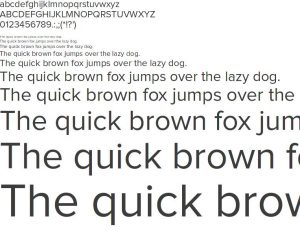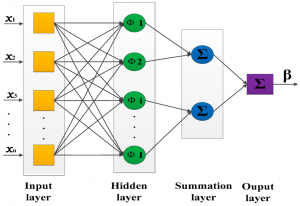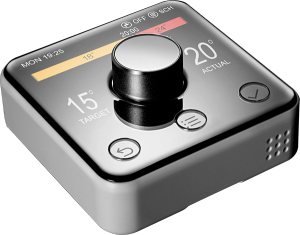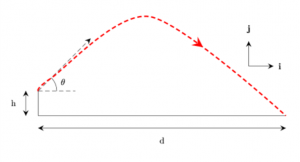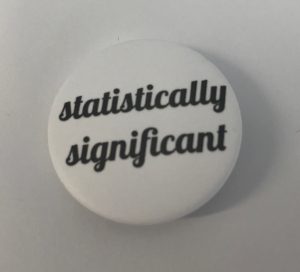
This week I was delighted to be at the Royal Statistical Society as a business representative for the launch of their Data Science Section. At over 160 years old, the RSS is one of the more established professional bodies and I like that it is questioning and making a difference as the application of their industry changes and when faced with an increasing challenge of abuse of statistical methods. I wish the general public had a greater understanding of statistics so they wouldn’t be so easily swayed by the media with a simple graph “proving” a point. Continue reading Professional body for data science? Yes Please
